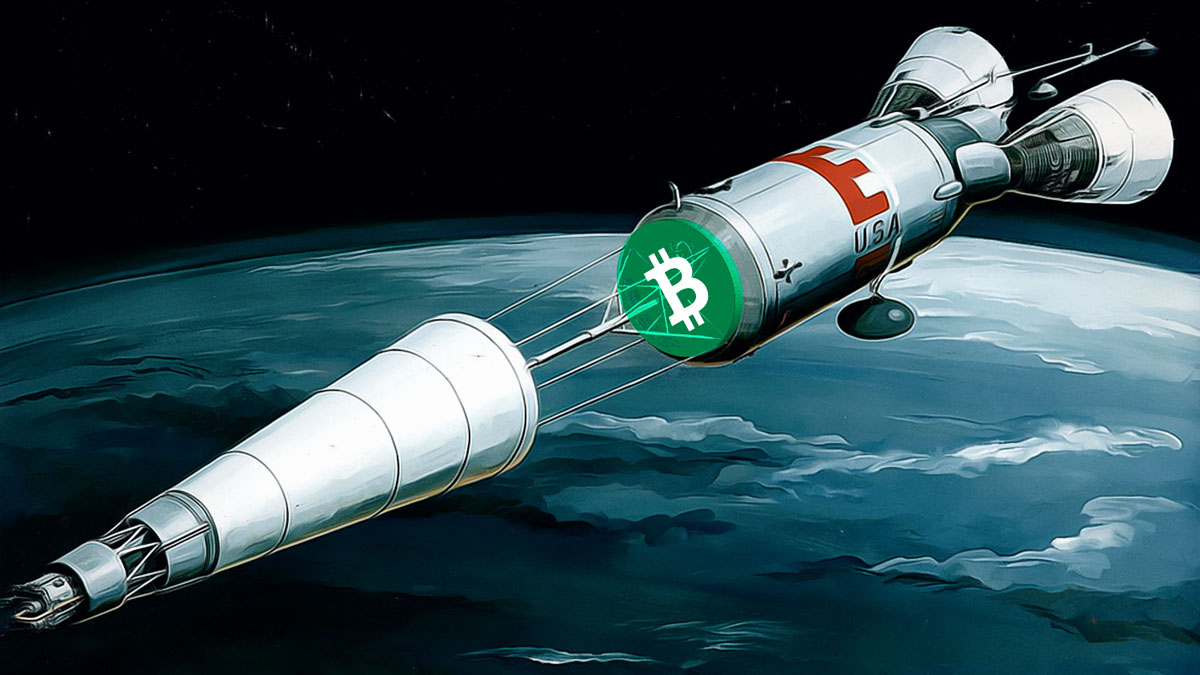Ethereum is gearing up for a significant network improvement that addresses long-standing challenges related to transaction costs and system efficiency. The upcoming Fusaka upgrade, set to launch in December, is anticipated to transform the way data is handled on the blockchain, potentially revolutionizing user interactions. As Ethereum continues its evolution, key figures within the community are keenly observing these changes to understand their effects on transaction costs and network scalability.
How Does PeerDAS Innovate?
Central to this upgrade is Peer Data Availability Sampling (PeerDAS), which offers a novel method for transaction verification within the Ethereum ecosystem. By random sampling of smaller data fragments instead of downloading entire sets, validators are expected to see a reduction in both bandwidth and storage needs. This shift facilitates the expansion of Ethereum’s data slot capacity, known as “blob” capacity, enhancing scalability without placing undue strain on the network.
Will Fusaka Boost Ethereum’s Market Influence?
Renowned asset manager VanEck views the Fusaka upgrade as a critical development in Ethereum’s structural dynamics. Rather than concentrating just on basic fees, the focus is shifting towards rollups. As these layers handle significant activities, maintaining Ethereum’s role as a security asset is crucial, resulting in an integral position for Ethereum in confirming these transactions.
“Unstaked ETH holders face dilution risk, as institutional actors continue accumulating ETH positions to stake for yield,” stated VanEck.
This change redefines Ethereum’s value from merely generating fees to being a substantial monetary asset. As a result, Ethereum’s appeal is poised to expand within the institutional domain, reinforcing its market stature.
While the move towards a rollup-focused framework might introduce some hurdles, it also provides significant benefits. As the importance of rollups increases, reducing associated costs could significantly boost transaction volumes and attract more institutional interests.
According to VanEck, “Fusaka marks a pivotal step in Ethereum’s rollup-centric roadmap, with ‘significant implications’ for both users and long-term holders.”
Fusaka is not merely an upgrade; it is a significant stride on Ethereum’s path to becoming a more scalable and economically viable platform. Success in this endeavor could lead to increased investments and spur further innovations within Ethereum’s ecosystem. Future development will be contingent on how these adjustments assimilate and evolve to meet the intricate demands of blockchain interactions.
Disclaimer: The information contained in this article does not constitute investment advice. Investors should be aware that cryptocurrencies carry high volatility and therefore risk, and should conduct their own research.
















 English (US)
English (US)